the fun and discernment in diseases by ralph semino galan
Published on page E4 of the October 31, 2005 issue of the Philippine Daily Inquirer.
SICKNESS IS OFTEN SEEN only in terms of its medical and mechanical components, not its metaphorical and metonymic possibilities. An illness, thus, is reduced to a series of symptoms lacking in symbolic significance, and the human mind and body as mere indicators of physical condition.
"My Fair Maladies" [Quezon City: Milflores Publishing Inc., 2005, 215 pages), a compendium of funny essays and poems on various ailments and afflictions, looks at diseases and disorders not only with a clinical eye, but also as a veritable source of personal anecdotes and poetic insights.
Edited by prizewinning fictionist and essayist Cristina Pantoja Hidalgo, the book covers a wide range of afflictions, from mild peculiarities to extreme dislikes, different types of phobia and paranoia, obsessive-compulsive behaviors and suicidal tendencies, and even nervous breakdown.
The confessional nature of the essays and poems reveal the more human and humane facets of the erudite people who are featured in the book. One discovers, for example, that premier poet and literary critic Gemino H. Abad ("Somewhere I Have Never Traveled") has a poor sense of direction, a malady he shares with the equally illustrious Lourdes Reyes Montinola ("Where Am I?"), Far Eastern University board chair.
One also learns that Susan S. Lara is a neat freak ("My Name is Susan, and I Am Anal-Retentive"), Butch Dalisay abhors cheese ("No Cheese, Please"), Susan Evangelista suffers from claustrophobia ("Canary in the Coal Mine") and Vicente Garcia Groyon has a penchant for counting quantifiable things, including the syllables in all forms of oral communication ("Ock Ock").
The list of physical ailments includes migraines and headaches, stress urinary incontinence, all sorts of eye trouble, alopecia (baldness), polio, sinusitis, hemorrhagic fever (dengue), appendicitis, influenza, epistaxis (nosebleed), asthma, tonsillitis, various allergies, osteoarthritis, as well as cancer.
There is also a special section on growing old, which our visually prejudiced world, bombarded as it were by the ideological state apparatuses with simulated images of youth and beauty, now considers as a kind of disease, if not total disaster.
As objects of desire, females are most susceptible to do everything and anything to stop the aging process dead on its track just to satisfy the male gaze. Remember Meryl Streep and Goldie Hawn in "Death Becomes Her"?
Ma. Josefina T. Barrios' "Botoxday" chronicles a middle-aged woman's first encounter with the latest craze in non-invasive cosmetic enhancement. In keeping with the spirit of the book, the tone of the poem is mock-serious, although it turns unabashedly romantic in the last stanza: "Ano nga bang maisusukli ng binata/ Sa kanyang katanghalian?/ Isang ngiti,/ Bulalas ng pagtangi,/ At naglaho sa aking puso,/ Biglang-bigla,/ Bawat gusot, bawat gatla.//"
Fat sickness
Another physical condition that contemporary women suffer from, which the odalisques of Rubens were worshipped for, is the "curse" of being vertically challenged. Charlene Fernandez in her essay, "You Know I Know I'm Fat (So Stop Telling Me That!)," confronts the issue head on, stating categorically that, "I figure that people who tell you that you're fat by way of a social greeting labor under some misconceptions: (1) that being fat is a deliberate choice rather than the result of a medical condition or some cosmic accident; (2) that fat people wish to be fat in order to offend other people with their fatness; and (3) that it is fun to be fat."
Tara FT Sering, on the other hand, writes about that form of madness better known as love in "The Divine Affliction: Nine Signs You Have it Bad."
Each of the 64 writers in the book has dealt with his or her particular malady in his or her own unique way: using liniments (Nestor Leynes Jr. in "Borher-ding" and April Timbol Yap in "Knee-deep in Ointment"), wearing corrective glasses and/or contact lenses (Erlinda Enriquez Panlilio in "My Confused Eyes" and Migs Villanueva in "Eye Do, Eye Don't," among others), through sheer perseverance (Jose Wendell P. Capili in "Coping with ADHD"), or even the proverbial fighting spirit in the face of a degenerative disease like leukemia (Tita Taule Mina in "The Diagnosis").
But what all of them share in common is the tendency to rely on self-reflection and self-reflexivity to provide them with meaning and mythmaking in relation to their ailments and afflictions. Those who have lost the battle in the medical front have decided to declare a truce with their diseases and disorders, which is the right attitude.
In his illuminating book, "Care for the Soul," Thomas Moore has this to say regarding how we should expand our view of sickness: "Illness is an enemy, but we've already lived out that myth with conviction. Now may be the time to see illness as the stranger who needs a place to stay and be cared for."
Unlike Susan Sontag who is suspicious of metaphors and prefers a thoroughly medical perspective of sickness as illustrated in her two books, "Illness as Metaphor" and "AIDS and Its Metaphors," where she demystifies "the punitive or sentimental fantasies" surrounding certain diseases to expose the so-called "truth," the writers in "My Fair Maladies" celebrate the imaginative aspects of their ailments and afflictions. They treat diseases as the root of unbearable pain and suffering, but also as the wellspring of personal discernment, funny or otherwise.
SICKNESS IS OFTEN SEEN only in terms of its medical and mechanical components, not its metaphorical and metonymic possibilities. An illness, thus, is reduced to a series of symptoms lacking in symbolic significance, and the human mind and body as mere indicators of physical condition.
"My Fair Maladies" [Quezon City: Milflores Publishing Inc., 2005, 215 pages), a compendium of funny essays and poems on various ailments and afflictions, looks at diseases and disorders not only with a clinical eye, but also as a veritable source of personal anecdotes and poetic insights.
Edited by prizewinning fictionist and essayist Cristina Pantoja Hidalgo, the book covers a wide range of afflictions, from mild peculiarities to extreme dislikes, different types of phobia and paranoia, obsessive-compulsive behaviors and suicidal tendencies, and even nervous breakdown.
The confessional nature of the essays and poems reveal the more human and humane facets of the erudite people who are featured in the book. One discovers, for example, that premier poet and literary critic Gemino H. Abad ("Somewhere I Have Never Traveled") has a poor sense of direction, a malady he shares with the equally illustrious Lourdes Reyes Montinola ("Where Am I?"), Far Eastern University board chair.
One also learns that Susan S. Lara is a neat freak ("My Name is Susan, and I Am Anal-Retentive"), Butch Dalisay abhors cheese ("No Cheese, Please"), Susan Evangelista suffers from claustrophobia ("Canary in the Coal Mine") and Vicente Garcia Groyon has a penchant for counting quantifiable things, including the syllables in all forms of oral communication ("Ock Ock").
The list of physical ailments includes migraines and headaches, stress urinary incontinence, all sorts of eye trouble, alopecia (baldness), polio, sinusitis, hemorrhagic fever (dengue), appendicitis, influenza, epistaxis (nosebleed), asthma, tonsillitis, various allergies, osteoarthritis, as well as cancer.
There is also a special section on growing old, which our visually prejudiced world, bombarded as it were by the ideological state apparatuses with simulated images of youth and beauty, now considers as a kind of disease, if not total disaster.
As objects of desire, females are most susceptible to do everything and anything to stop the aging process dead on its track just to satisfy the male gaze. Remember Meryl Streep and Goldie Hawn in "Death Becomes Her"?
Ma. Josefina T. Barrios' "Botoxday" chronicles a middle-aged woman's first encounter with the latest craze in non-invasive cosmetic enhancement. In keeping with the spirit of the book, the tone of the poem is mock-serious, although it turns unabashedly romantic in the last stanza: "Ano nga bang maisusukli ng binata/ Sa kanyang katanghalian?/ Isang ngiti,/ Bulalas ng pagtangi,/ At naglaho sa aking puso,/ Biglang-bigla,/ Bawat gusot, bawat gatla.//"
Fat sickness
Another physical condition that contemporary women suffer from, which the odalisques of Rubens were worshipped for, is the "curse" of being vertically challenged. Charlene Fernandez in her essay, "You Know I Know I'm Fat (So Stop Telling Me That!)," confronts the issue head on, stating categorically that, "I figure that people who tell you that you're fat by way of a social greeting labor under some misconceptions: (1) that being fat is a deliberate choice rather than the result of a medical condition or some cosmic accident; (2) that fat people wish to be fat in order to offend other people with their fatness; and (3) that it is fun to be fat."
Tara FT Sering, on the other hand, writes about that form of madness better known as love in "The Divine Affliction: Nine Signs You Have it Bad."
Each of the 64 writers in the book has dealt with his or her particular malady in his or her own unique way: using liniments (Nestor Leynes Jr. in "Borher-ding" and April Timbol Yap in "Knee-deep in Ointment"), wearing corrective glasses and/or contact lenses (Erlinda Enriquez Panlilio in "My Confused Eyes" and Migs Villanueva in "Eye Do, Eye Don't," among others), through sheer perseverance (Jose Wendell P. Capili in "Coping with ADHD"), or even the proverbial fighting spirit in the face of a degenerative disease like leukemia (Tita Taule Mina in "The Diagnosis").
But what all of them share in common is the tendency to rely on self-reflection and self-reflexivity to provide them with meaning and mythmaking in relation to their ailments and afflictions. Those who have lost the battle in the medical front have decided to declare a truce with their diseases and disorders, which is the right attitude.
In his illuminating book, "Care for the Soul," Thomas Moore has this to say regarding how we should expand our view of sickness: "Illness is an enemy, but we've already lived out that myth with conviction. Now may be the time to see illness as the stranger who needs a place to stay and be cared for."
Unlike Susan Sontag who is suspicious of metaphors and prefers a thoroughly medical perspective of sickness as illustrated in her two books, "Illness as Metaphor" and "AIDS and Its Metaphors," where she demystifies "the punitive or sentimental fantasies" surrounding certain diseases to expose the so-called "truth," the writers in "My Fair Maladies" celebrate the imaginative aspects of their ailments and afflictions. They treat diseases as the root of unbearable pain and suffering, but also as the wellspring of personal discernment, funny or otherwise.








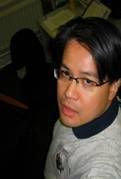



































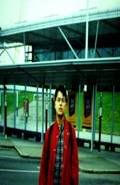







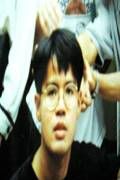












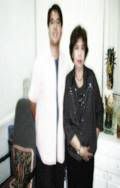





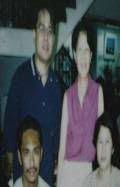

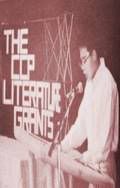
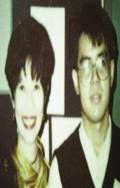
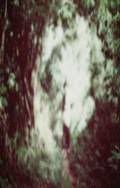
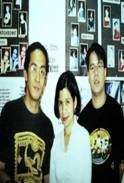

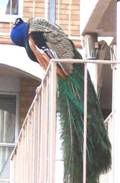
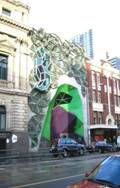













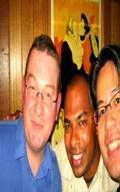
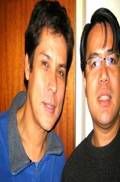
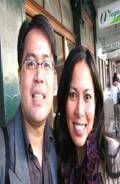
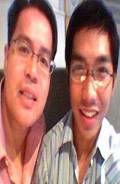
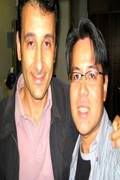
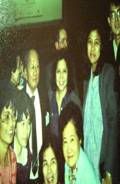
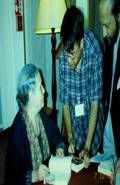
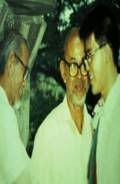
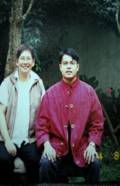


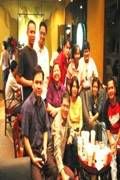

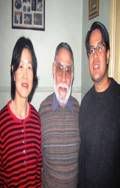
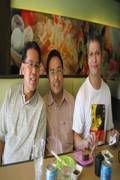

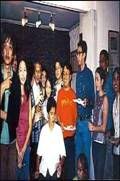
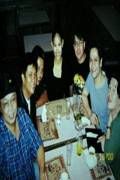

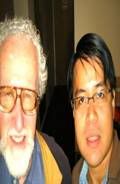

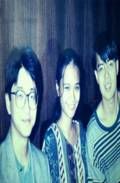
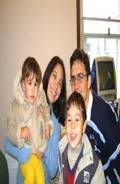

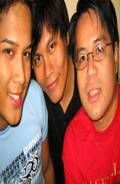
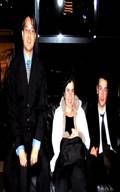
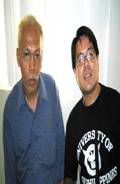
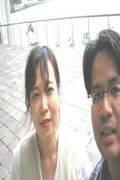
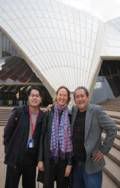
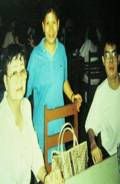
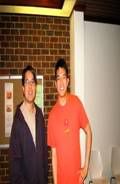
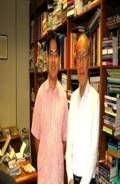
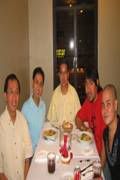
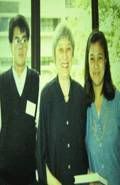
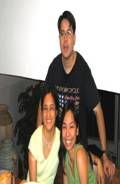
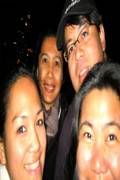
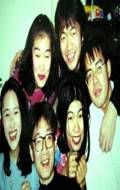
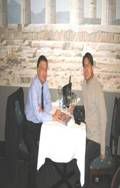

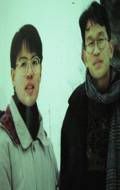
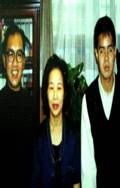



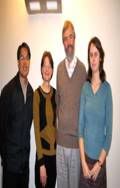
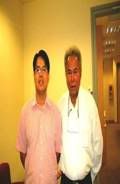
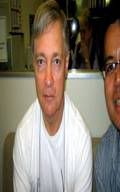
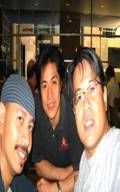
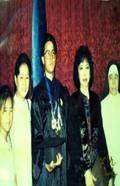
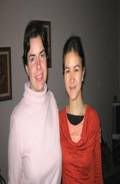
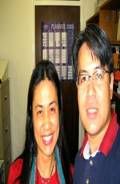
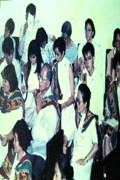
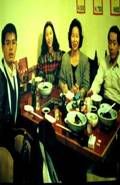
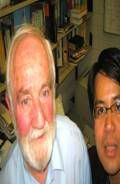
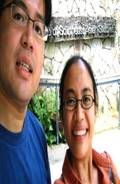
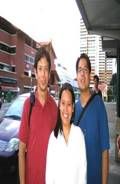
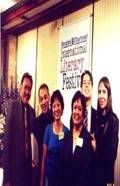

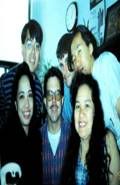


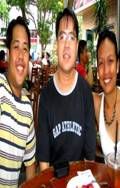
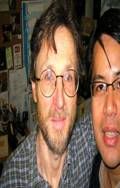
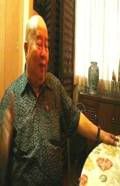

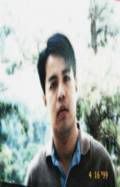

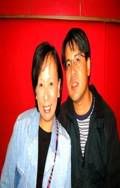
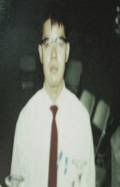
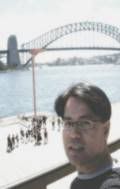

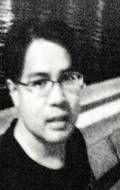
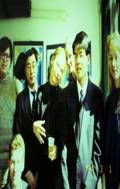

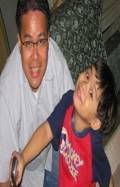
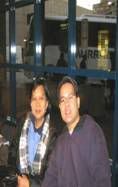
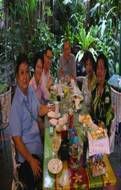
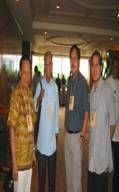
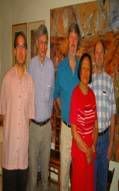
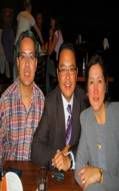
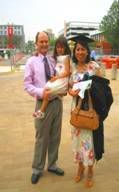
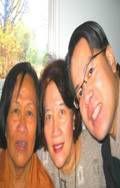
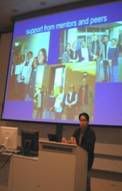
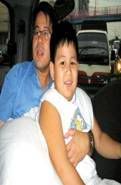
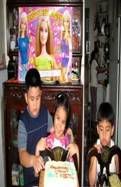
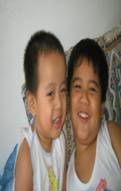

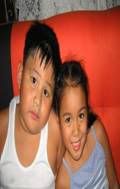


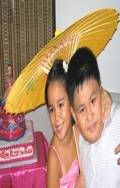

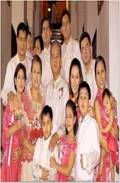







0 Comments:
Post a Comment
<< Home